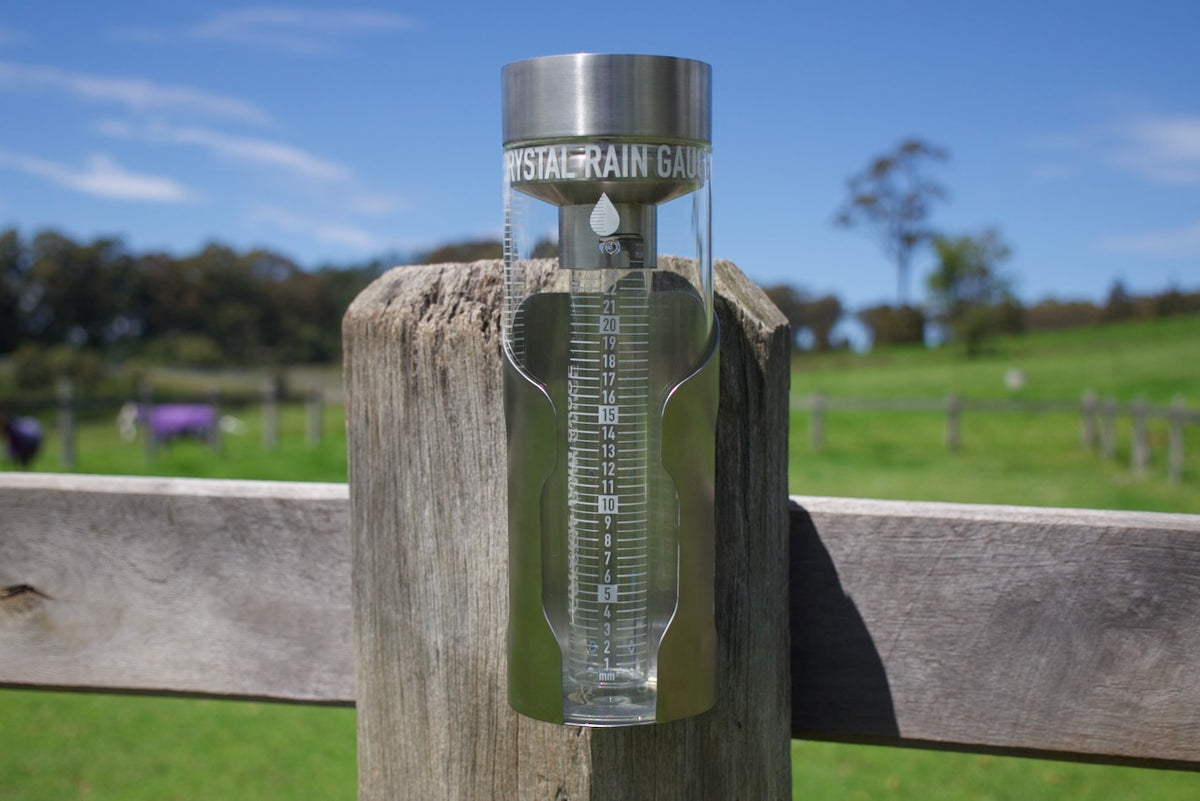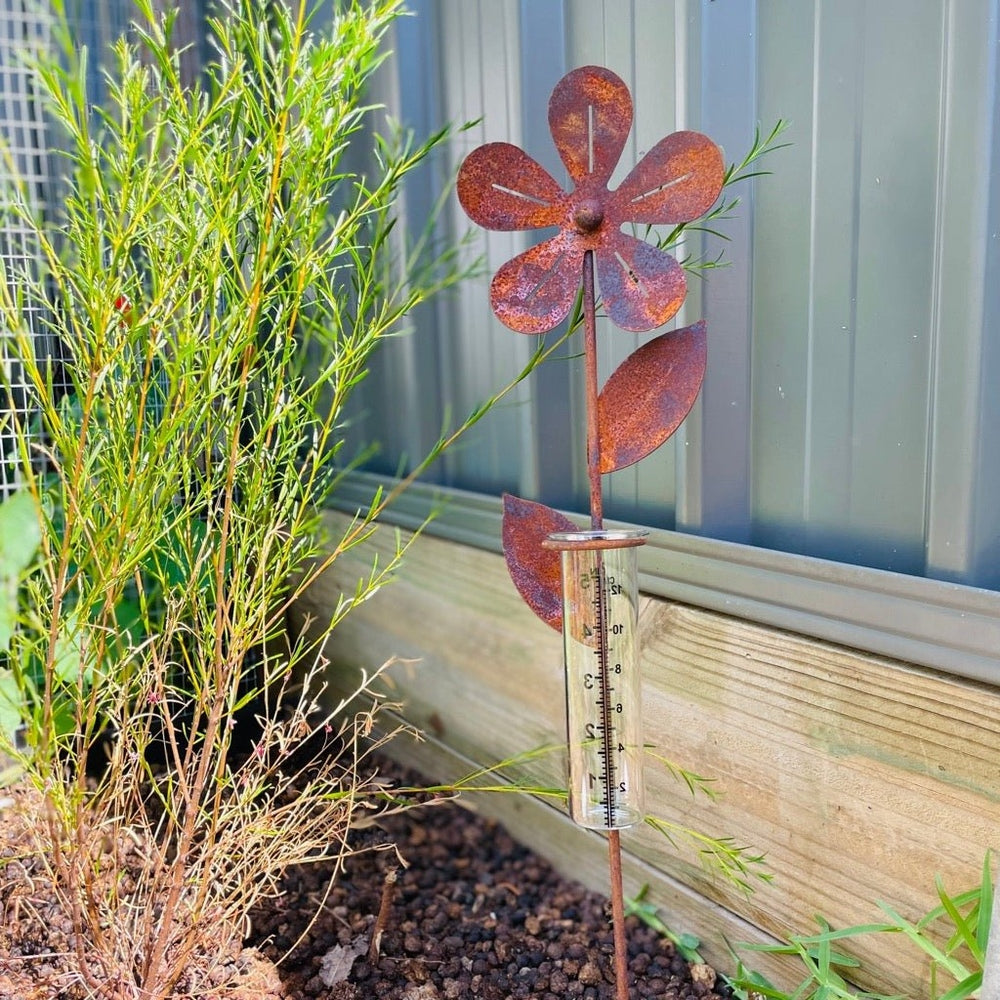How a Rain Gauge Can Enhance Your Understanding of Local Climate Patterns
How a Rain Gauge Can Enhance Your Understanding of Local Climate Patterns
Blog Article
Revealing the Science Behind Rain Assesses: How These Tools Play a Vital Role in Environment Study and Environmental Surveillance
Rainfall assesses, apparently basic tools, hold an extensive relevance in the world of environment research and environmental tracking. As we peel back the layers of this scientific veil surrounding rain assesses, we uncover a globe where accuracy, information accuracy, and careful observation assemble to reveal a deeper understanding of our changing climate and its effect on the world.
Relevance of Rainfall Scales
Rainfall assesses play an important duty in surveillance and measuring precipitation degrees, providing necessary information for environment research study and evaluation. These tools are basic in measuring the amount of rains that occurs in a particular location over a particular period. By collecting and gauging rain, rainfall determines offer valuable understandings into the circulation and intensity of rainfall, helping meteorologists, hydrologists, and climatologists in recognizing weather patterns and trends.
Furthermore, lasting information collected from rainfall determines helps in assessing environment adjustment impacts and patterns, adding substantially to scientific research and decision-making processes. In significance, rainfall evaluates serve as essential devices in the area of weather forecasting and ecological science, playing a vital duty in advancing our understanding of weather and climate dynamics.
Kinds of Rain Gauges

Performance and Procedure
In the realm of climate research and atmospheric studies, the performance of rain gauges lies in their elaborate capability and exact operational systems. Rain evaluates are designed to accurately gauge the amount of rainfall that drops over a particular location during a set duration.
The functionality of rain gauges is based on the principle of gauging and collecting rainwater in a standardized way. This collected information is vital for recognizing local climate patterns, tracking long-term environment fads, and assessing environmental effects. To guarantee precise measurements, rainfall determines requirement to be purposefully placed in open areas away from blockages such as buildings or trees that can interfere with the collection process.
The functional aspect of rainfall evaluates includes normal maintenance to stop particles accumulation, calibration checks to preserve dimension precision, and information advice recording for analysis (rain gauge). In general, the performance and procedure of rainfall assesses are crucial for collecting dependable precipitation data important to climate research study and environmental tracking
Function in Climate Research
Given the vital value of precise precipitation measurements in understanding weather patterns and environmental impacts, the role of rainfall determines in environment research study is vital. Rainfall evaluates offer vital data for climate research by evaluating the quantity of rainfall that tips over a particular area throughout a provided duration. This data is essential for keeping track of long-term fads in rainfall patterns, evaluating the impact of environment adjustment on rains distribution, and improving climate versions.

Climate scientists utilize information collected from rainfall evaluates to evaluate variations in rainfall levels, recognize regional environment patterns, and review the performance of water resource administration methods. By contrasting historical rainfall data with current dimensions, scientists can identify changes in rainfall patterns, such as modifications in the regularity or intensity of rains occasions. This info is vital for comprehending just how climate adjustment is affecting precipitation dynamics and can aid policymakers make informed decisions regarding adaptation and mitigation approaches.
Applications in Environmental Tracking

In flooding forecasting, rain scale information assists to track rains strength and distribution, allowing authorities to issue prompt cautions and take required procedures to minimize flooding risks (rain gauge). Dry spell surveillance depends on rain gauge information to examine wetness levels in the dirt and track rainfall shortages, aiding in the identification of drought-prone areas and the execution of drought response strategies
Moreover, rainfall gauge information plays a crucial role in water resource administration by click here to find out more providing info on water availability and use patterns. This information is utilized to make enlightened choices regarding water allotment, preservation procedures, and sustainable water source planning. In addition, in agriculture, rainfall gauge data aids farmers in enhancing irrigation routines, crop option, and overall ranch management methods based on regional precipitation patterns. On the whole, rainfall determines are crucial tools in environmental monitoring, using important understandings that add to informed decision-making and lasting source administration.
Conclusion
In final thought, rainfall determines are crucial my latest blog post devices for gauging rainfall, giving valuable information for environment study and ecological surveillance. With numerous types and functionalities, rain gauges play an essential function in comprehending precipitation patterns and their effect on the setting. By properly gauging rains, these gadgets contribute to the improvement of scientific understanding and assistance in making educated choices associated to water source management and catastrophe readiness.
Rainfall gauges play a crucial role in monitoring and determining rainfall degrees, supplying crucial data for climate study and analysis. The typical rainfall gauge, recognized as the "tipping container" scale, is one of the most frequently made use of gadgets. Ultrasonic rainfall evaluates usage noise waves to discover the presence of rainfall, giving real-time information on precipitation levels.Environment scientists make use of information collected from rainfall evaluates to analyze variants in precipitation levels, recognize regional environment trends, and review the efficiency of water source management methods.In conclusion, rainfall gauges are essential tools for gauging precipitation, giving important information for climate research study and ecological monitoring.
Report this page